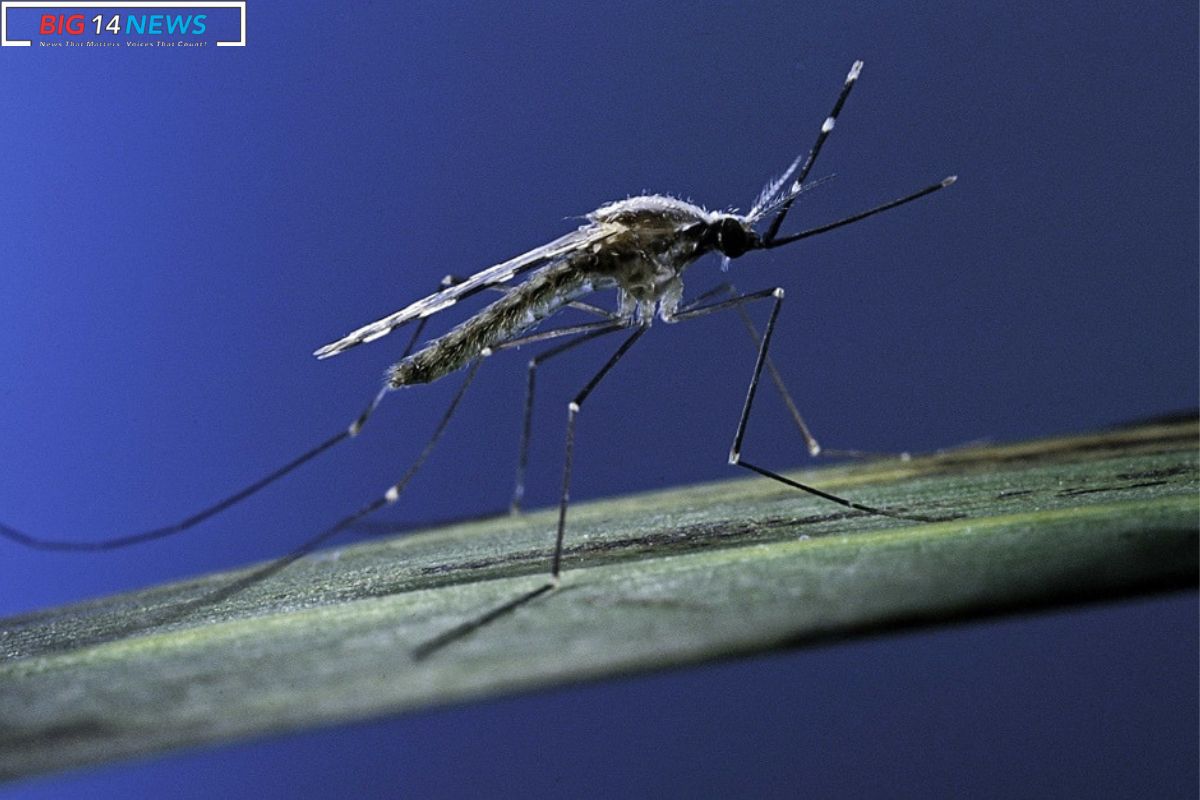Nitrofurantoin Shows Promise as Malaria Treatment: Scientists at JNU found that Nitrofurantoin, a bacteria-killing drug, may treat malaria. A recent study in Biochemical Pharmacology found that Nitrofurantoin can inhibit the growth of Plasmodium falciparum, the malaria-causing parasite. This covers both responsive and non-responsive types. This info could impact how we combat mosquito-borne diseases globally.
Scientists sought alternative malaria treatments by exploring the potential repurposing of existing drugs. Nitrofurantoin disrupts oxidation and reduction in parasites, causing unique effects. This may hinder the parasite’s ability to retaliate. This helps address the issue of malaria medicines losing effectiveness.
Prof. Shailja Singh said, “Finding a new use for Nitrofurantoin brings us closer to a better and cheaper malaria treatment.” Since the drug is safe and accessible, it could be a good subject for further research.
Malaria is a major health issue, particularly in India. The WHO predicts 247 million people will get sick with Plasmodium falciparum diseases in 2021. Unfortunately, this could result in over 600,000 deaths. It could be significant if doctors discover Nitrofurantoin’s effectiveness against the parasite. It may offer a new malaria treatment, especially in non-responsive areas.
Prof. Singh said the medicine can help many in malaria-prone areas. She said the drug is safe and cheap, important reasons it might work as a cure. Sadat Shafi, the first author, felt sad but hopeful. He said, “This new info gives us hope in the fight against drug-resistant malaria.”


ALSO READ: RSV Flu And COVID: Navigating the Storms of the 2023-2024 Winter Season
Further research is required before Nitrofurantoin can be widely used to treat malaria despite promising initial results. Sadat Shafi suggested further drug testing is necessary. The team is optimistic about its future use because it worked well in lab and live tests.
Using drugs for multiple purposes is a cost-effective approach to address global health issues, particularly diseases like malaria in impoverished nations. Tests have been done on drugs on the market to ensure safety. This simplifies approval for new uses. This could aid in finding new malaria treatments, as the old ones are becoming less effective.
Scientists at JNU conducted a study that could revolutionize malaria prevention. Nitrofurantoin kills both types of Plasmodium falciparum, including drug-resistant strains. The upcoming steps will be crucial. If further tests confirm its efficacy and safety, it could be included in regular malaria drug treatments.
Our Reader’s Queries
What diseases are cured by nitrofurantoin?
Nitrofurantoin, an antibiotic, treats uncomplicated lower urinary tract infections effectively. It’s active against both gram-positive and gram-negative organisms. Its main purpose is to treat and prevent urinary tract infections.
Which antibiotic has antimalarial effect?
Tetracyclines were discovered to fight malaria 30 years ago (43). Studies show that doxycycline has antimalarial effects in lab experiments (3, 40) and clinical trials (4, 16). Macrolide antibiotics like erythromycin and azithromycin also show promise in fighting the malaria parasite in lab settings.
What bacteria does nitrofurantoin not treat?
Nitrofurantoin is effective against various Gram-negative and some Gram-positive aerobic bacteria, such as Escherichia, Klebsiella, Enterobacter, Enterococcus, Staphylococcus, and Salmonella. However, it does not work well against most strains of Proteus and has no effect on Pseuodmonas.
What is nitrofurantoin effective against?
Nitrofurantoin can fight off most common uropathogens, except for Proteus species, Serratia marcescens, and Pseudomonas aeruginosa, which are naturally resistant. It works well against Escherichia coli and Enterococci, which are the top culprits for lower UTIs in healthcare settings, such as catheter-associated bacteriuria.

